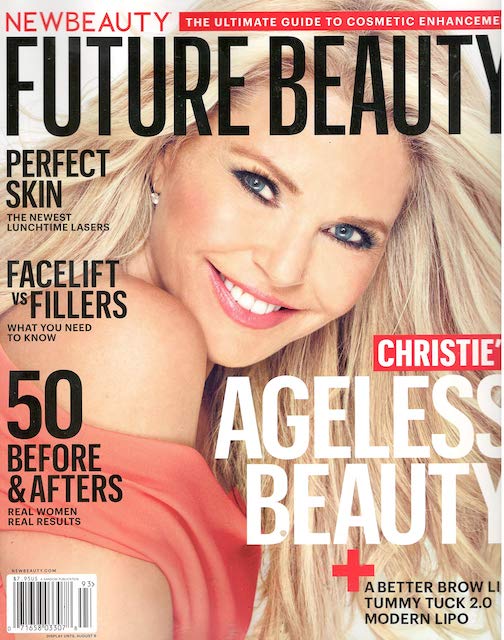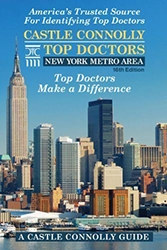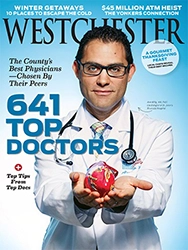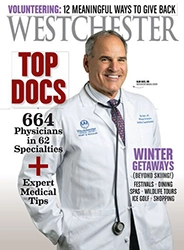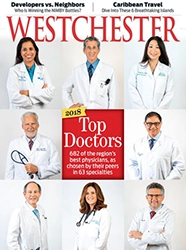Fat Transfer Breast Augmentation in New York City
Fat transfer for the breast is a graft procedure and involves removing fat from one area of the body and injecting it into the breast. This is similar to a skin graft where skin shaving may be removed from the leg and placed on an open wound on the arm, such as a burn.
When the skin or fat is removed, it is disconnected from the blood supply that keeps it alive. If it is not transferred to another area with a rich blood supply within a reasonable amount of time, it will not survive. Think of a plant that’s moved from one pot to another. The roots must now connect to the soil in the new pot- if not, the plant will die.
Skin grafting is a common and very reliable procedure for a variety of reasons. Most importantly a skin graft is only about 10 cells thick. So when placed on the new area most cells are so close to this new blood supply that they stay alive as the skin now becomes attached to the new area. Any skin that does not survive simply flakes away as the skin graft is on the outside. With any graft, there is always some tissue that does not survive.
The principles of fat grafts are similar, but there are some key differences. Whereas with a skin graft we are simply looking for coverage, with fat grafts we are hoping to achieve a 3-dimensional volume change. Even though fat should be injected like thin strings, it tends to coalesce into pretty thick segments. The inside of these segments have cells that are literally hundreds or thousands of cells away from a new blood supply, and some cell death is typical. As fat grafts are internal, any areas of fat that do not survive stay on the inside. Imagine holding a handful of spaghetti which is made from individual thin strands, versus holding a ball which is a single object with an inside and an outside. Fat grafts should ideally be similar to the thin strands of spaghetti and the cells within each strand should be close to a new blood supply. But more commonly the areas of fat grafting act like small ball-like regions and there is a modest amount of cell death.
So what happens to the fat inside the breast that does not survive? The process is called ‘fat necrosis’ and this may result in hard lumps in the breast. Some of the areas may be large and others may be too small to feel. This is a common issue with Brazilian Butt Lifts (BBL) which is buttock enlargement using fat grafting- patients often have hard areas of fat necrosis.
Hear Dr. Newman speak on the Breast Augmentation with Fat Transfer Procedure
DR. NEWMAN’S OPINION
Fat necrosis is a benign (non-cancerous) area of dead fat and presents no health risk or danger. Fat grafts are used frequently in the face and buttocks. However, as the breast is a ‘cancer producing’ organ and breast cancer is seen in 1 of 8 women in the United States, there is concern that fat necrosis in the breast may affect physical breast exams and breast imaging. Often these areas of fat necrosis are seen on mammograms and ultrasounds. Current data shows that many radiologists can differentiate between fat necrosis and a concerning finding on a mammogram or breast ultrasound. This process is still an early one and my experience in practice is that I often see patients who have had fat transfer breast augmentation who have had multiple areas of concern that have even led to breast biopsies. Many patients are concerned about breast cancer monitoring and the ability for radiologists to accurately differentiate between fat necrosis and an area of concern for breast cancer on mammograms and ultrasounds. For this reason, Dr. Newman does not perform fat transfer breast augmentation for cosmetic procedures. There are some situations in breast reconstruction where fat transfer may assist in refining the new breast shape after mastectomy, and in these select cases, Dr. Newman may suggest fat transfer as an option.
Respected Authority
Featured in the Media
Expertise and innovation attract attention. Dr. Newman has performed thousands of cosmetic breast, body, face, and skin procedures over his decades in practice. He has earned awards from The Aesthetic Society® (ASAPS) for his innovative techniques and has spoken about emerging technologies to respected colleagues at national meetings. Both the New York and national media trust Dr. Newman for his specialized expertise in both surgical and nonsurgical aesthetics.
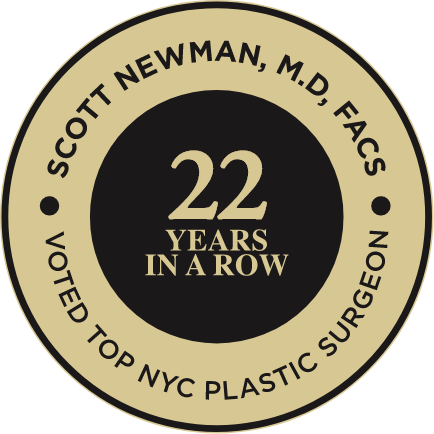
Meet Our Plastic Surgeon
Dr. Scott Newman
Board-certified plastic surgeon Dr. Scott Newman is a nationally recognized specialist in breast and body surgery. His refined expertise extends to reconstructive and facial plastic surgery, as well as nonsurgical aesthetics. The innovator of the technology that became VECTRA® 3-D imaging, Dr. Newman is always looking for ways to improve his patients’ safety, comfort, and results. This drive has made Newman Plastic Surgery one of the most technologically advanced practices in the country.
Meet Dr. Newman Request My Consultation
